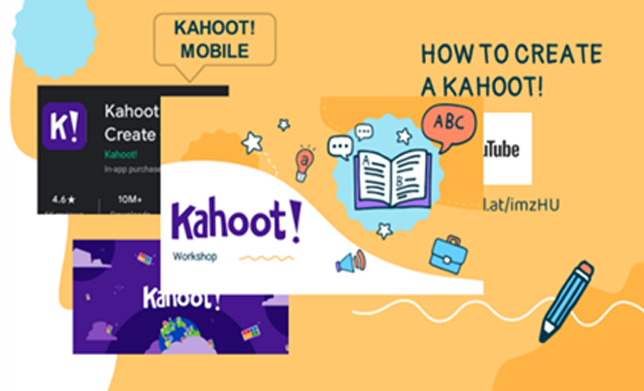Pelatihan Pembuatan Interactive Media bagi Guru Sekolah Dasar Negeri Sawahan Kecamatan Turen Kabupaten Malang
Main Article Content
Abstract
The online teaching-learning process mainly means the absence of physical interaction between teachers and students. In this context, the existence of the Web. 2.0-based technologies is expected to bridge the distance between teacher-student and student-student communication. Somehow, it will be a big problem if the teachers do not administer online learning well and appropriately. The facts show that online learning still faces some obstacles, such as the quality of the Internet connection and teacher-student and student-student interaction, including the media applied in the teaching-learning process. Thus, the present community service that involved 30 teachers of elementary schools aims at empowering the teachers with the ability to create interactive media. This activity covers briefing, lecture, demonstration, and workshop on interactive media, such as PowerPoint Presentation (PPT) with voice, Kahoot, and Padlet. The results demonstrate that teachers believe that interactive online learning is not as complicated as they thought and applied in the classrooms.
Article Details

Jurnal Pemberdayaan Masyarakat is licensed under a Creative Commons Attribution 4.0 International License.
References
Acar A, Geluso J, and Shiki T. (2012). How Can Search Engines Improve Your Writing? CALL-EJ, 12(1): 1–10.
Cai H. (2012). E-learning and English Teaching. IERI Procedia, 2: 841–846.
Chi J, Quadir B, Chen N, and Miao Q. (2016). Internet and Higher Education Effects of online presence on learning performance in a blog-based online course. The Internet and Higher Education, 30: 11–20.
Domalewska D. (2014). Technology-supported classroom for collaborative learning: Blogging in the foreign language classroom. International Journal of Education and Development Using Information and Communication Technology (IJEDICT), 10(4): 21–30.
Du J, Liu Y, and Brown RL. (2010). The Key elements of Online learning communitites. In H. H. Yang & S. C.-Y. Yuen (Eds.), Practices and outcomes in E-Learning: Issues and Trends (1st ed.). Information Science Reference.
Halim MSAA and Hashim H. (2019). Integrating web 2.0 technology in ESL classroom: A review on the benefits and barriers. Journal of Counseling and Educational Technology, 2(2): 19–26.
Lavin AM., Korte L, and Davies TL. (2010). The impact of classroom technology on student behavior. Journal of Technology Research, 2(1): 1–13.
Sulistyo T. (2018). The Use of Blog-Assisted Language Learning to Improve EFL Learners’ Writing Performance. Universitas Negeri Malang.
Sulistyo T. (2016). ICT in the EFL speaking classroom. The 4th International Conference. Language, Society, and Culture in Asian Context, 869–874.
Sulistyo T, Anjani WE, Marhaban, S, Rofiqoh R, and Puspitasari,Y. (2021). Online Learning in ELL: Barriers and Perceptions of Indonesian Students. International Journal of Humanities and Social Science, 8(1): 49–54.
Sulistyo T, Mukminatien N, Cahyono BY, dan Saukah, A. (2019). Enhancing Learners’ Writing Performance through Blog-Assisted Language Learning. International Journal of Emerging Technologies in Learning (IJET): 14(9): 61–73.


